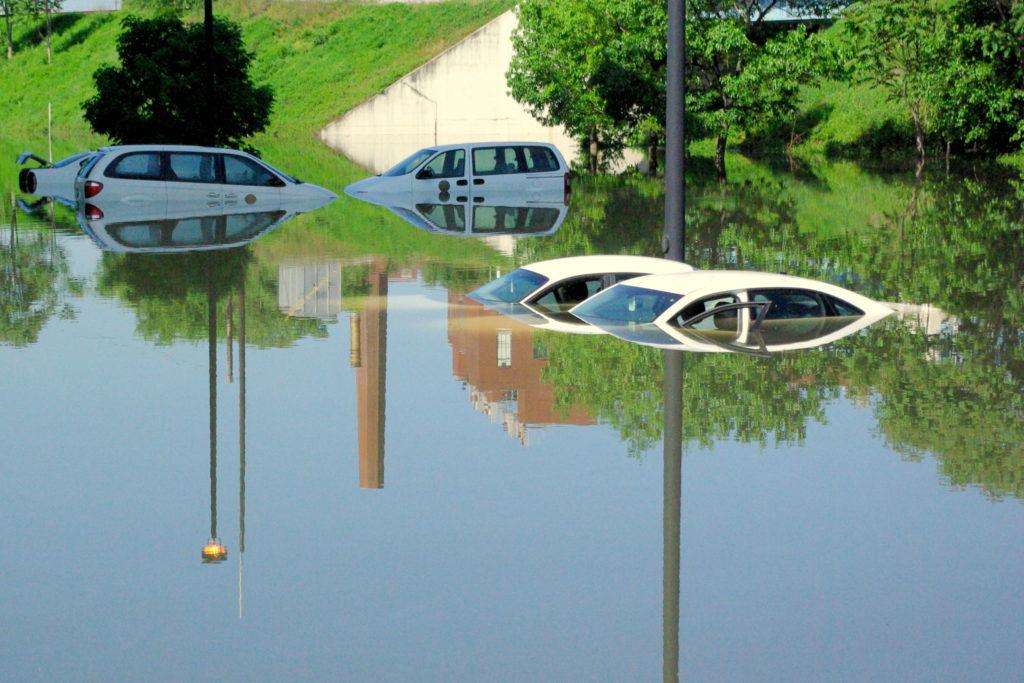
Lonnie Haynes knew that the weather was bad. But he felt a responsibility to get to work.
On the weekend of May 1, 2010 — as the rain poured down — the Nashville surgical assistant was scheduled to be in the Labor and Delivery department. A little water on the road wasn’t going to deter him.
He, like many others in the region, quickly found he was in way over his head.
“It just looked like wet road. And the next thing I knew that I had come to an abrupt stop and that all of a sudden my car was floating. I didn’t know to what extent of danger I was in until later.”
Police, firefighters and others in public safety performed an estimated 1,500 rescue operations between May 1 and May 3 — many of them drivers who underestimated the power of rising floodwaters. Countless more people got out on their own or were helped by bystanders.
Haynes shared the story of how he survived more than a year later, to an oral historian with the Nashville Public Library. It’s part of their 2010 flood collection.
More: Nashville Public Library’s Flood 2010 Collection
“As the car sort of veered off to the right, I realized, ‘OK, well, I’m going to be up into about chest high water, and I just need to kind of like gather my stuff up.'”
Haynes’ biggest concern at that point was figuring out how to tell his co-workers he was going to be late. Even as his car began to fill with water and his car door wouldn’t open, he felt no sense of panic. Calmly, he managed to get the passenger side window to roll down.
By then, Haynes’ car was starting to float.
The Turning Point
As he shimmied out, the weight of the engine block caused the car to tilt forward — an experience many people whose vehicles were caught in the floodwaters would later recall. Still, Haynes wanted to retrieve a firearm from the trunk.
“And as I went to climb totally out of the car and went to reach for the trunk of the car, the car just dropped and disappeared. And as it was dropping straight down, my foot was on a tire well, so I pushed myself away because I didn’t want to get sucked down by the car. That’s when I realized I was in trouble.
“And I also at the same time realized: I can’t swim.”
Haynes was being swept away. After some effort, he managed to grab onto a tree, but he lacked the strength to climb up it and out of the raging waters.
“And I thought, ‘Man, this really sucks. I’m alive, but this sucks.’ ”
His contact lenses had been washed out in the struggle. But, somehow, he’d managed to hold onto his firearm. Miraculously, it still worked.
“It jammed on me twice. I have a military background so I cleared the jam.”
Haynes hoped to signal a police officer who was about 100 yards away, but there was too much noise. Finally, a figure came by on foot. Haynes fired again.
“The person stopped in his tracks. And I yelled for him and I said, ‘Do you see me?’ And he said, ‘Yes.’ I said, ‘Help.’ ”
Extracting Haynes from the tree would not be easy. He spent more than six hours there with the rain beating down, clinging for life. But it was a tale he would live to tell.

